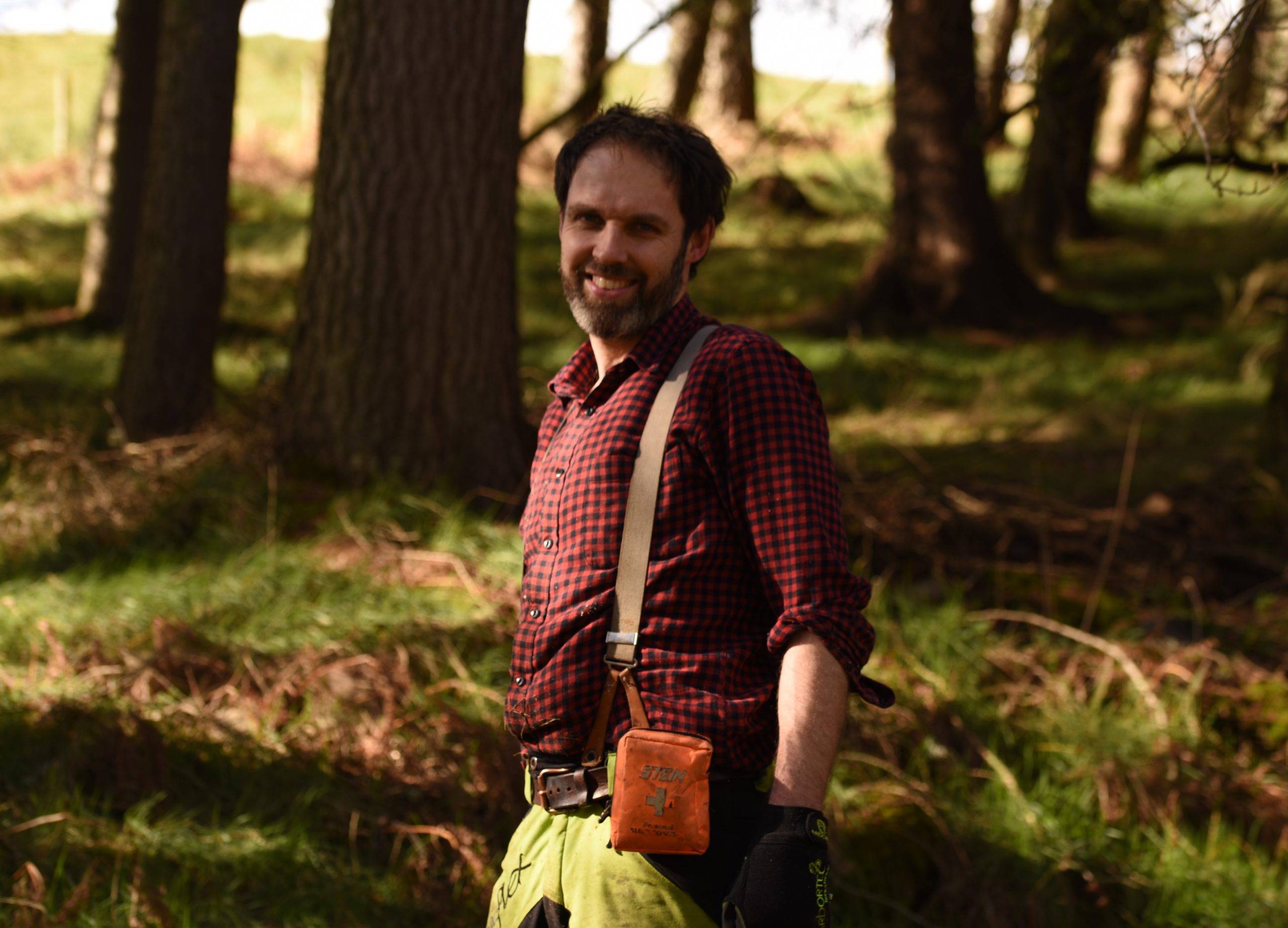Tracking our precious population of waders
We caught up with David Tompkins, Project Officer of the RSPB’s Species Volunteer Network to find out more about this year’s Cairngorms wader survey and to hear about the essential work of volunteers.
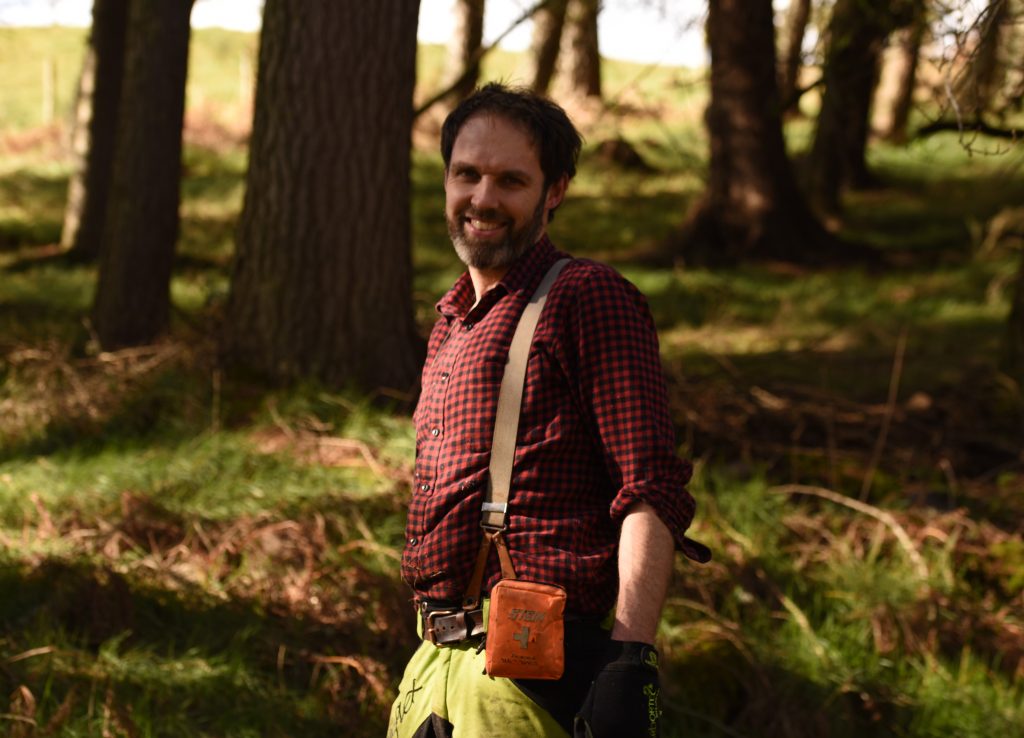
What are waders?
We’re not talking thigh length wellies here – we have no plans to survey the number of wellies across the Cairngorms! Waders, such as curlew, lapwing and oystercatcher, are a group of small to medium sized birds that are mostly associated with wetland, be it wet areas in fields or estuaries on the coast. Many of our waders have long thin bills for probing soft mud for worms or insects. Unlike many birds, like sparrows or blackbirds, waders all nest on the ground.
Why are waders so special?
They are an ancient part of our landscape. When our ancestors were droving cattle from the farm to the market or sharpening their scythe halfway through cutting the hay meadow, the bubbling call of the curlew would have been a consistent background noise to them. In the Cairngorms we are fortunate enough to have one of the largest populations of breeding waders in the UK who come inland to nest in the spring. Wading birds such as snipe, redshank, curlew, lapwing and oystercatcher have all been choosing to breed here in abundance for hundreds of years.
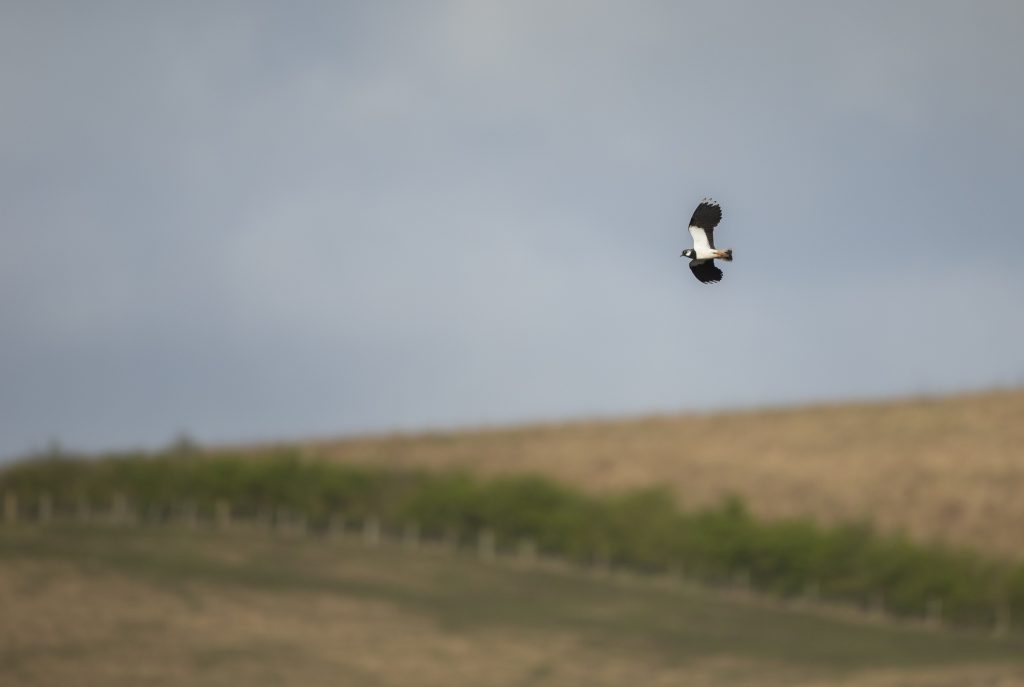
Why is the Cairngorms wader survey important?
Sadly, although we still have one of the largest populations of breeding waders, their fortunes have been dwindling lately. There simply are not as many waders nesting in the Cairngorms, or indeed the whole of the UK, as there were in previous decades. So, carrying out this survey is like doing a stock-take of their population. The survey is essentially a health check for the wader population of the Cairngorms.
Why is there a decline in wader numbers?
The decline in numbers is due to a combination of habitat loss, unfavourable habitat management and predation by a range of mammals and other birds. We work with farmers, crofters and land managers through the Strathspey Wetlands and Wader Initiative to help improve the situation for waders – the challenge is to find ways to allow waders to thrive, whilst still running a viable farming business.
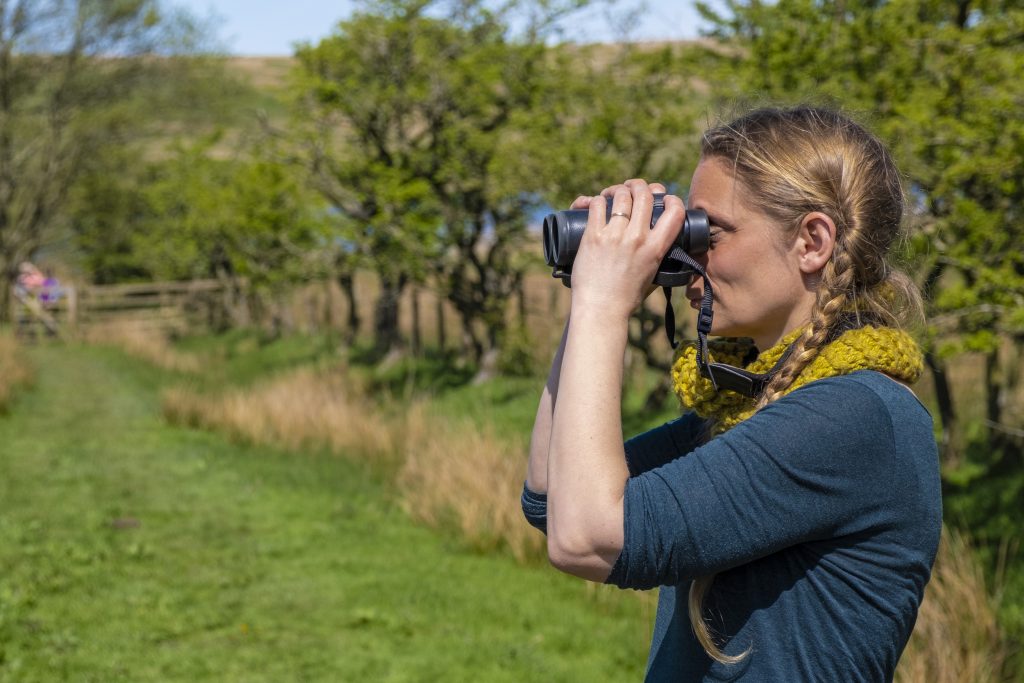
Can you tell us more about the Cairngorms wader survey?
It’s a survey of the breeding population of lapwing, snipe, curlew, redshank and oystercatcher and has taken place every five years since 2000 as part of the Strathspey Wetlands and Wader Initiative. We work with up to 100 farms in the Strathspey, Glenlivet, Tomintoul and Deeside areas and a surveyor walks across the farmland and records when and where they see or hear any of the five target wader species. It allows us to work closely with the farmers to let them know where the waders are and find ways of conserving the populations, through work like creating scrapes, shallow temporary pools that can provide invaluable insect rich feeding areas for waders. The initiative also helps with habitat management, such as cutting back dominant rushes which improves nesting conditions by giving the birds an unobstructed view of their surroundings and helps them to react to potential predators.
What role do volunteers play?
We could only do a fraction of the Cairngorms wader survey without volunteers. There are likely to be 60 to 70 surveyors involved in this year’s survey and at least 50 of them will be volunteers. On top of which we also have volunteers helping with more specialist tasks like intensive studies on selected farms or helping us to map and digitise all the hundreds of paper survey maps that we receive at the end of the project.
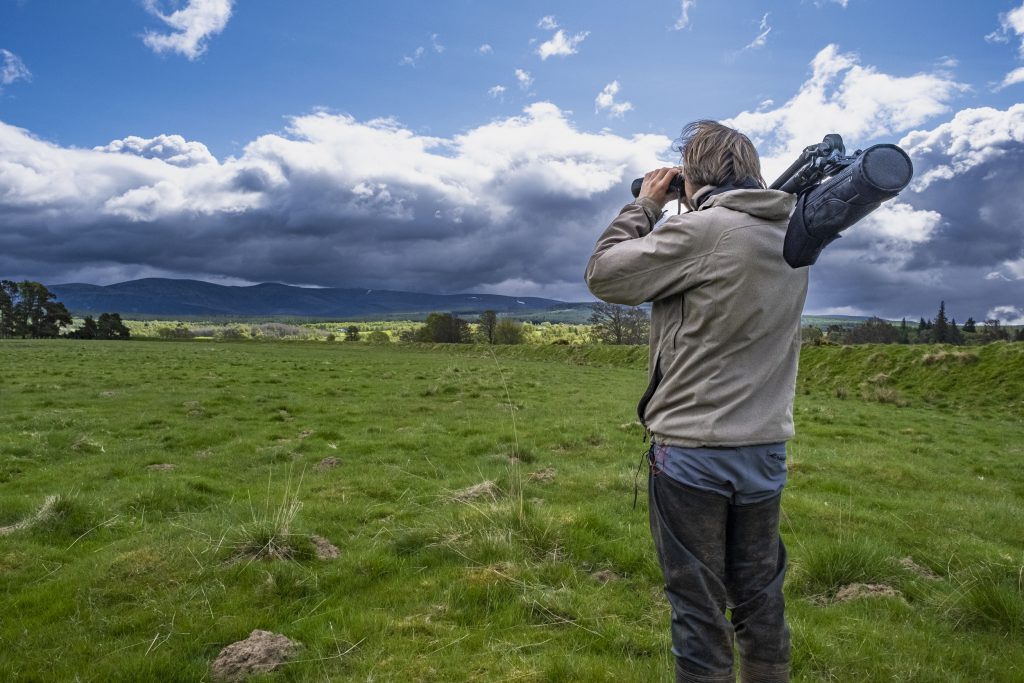
What type of activities can volunteers expect to be involved in?
Volunteers don’t need to have done a bird survey before to take part! We do arrange training for volunteers, but we would need volunteers to be able to identify curlew, snipe, redshank, lapwing and oystercatcher. We can loan binoculars to volunteers who don’t have a pair, as we know that could stop people getting involved.
Most volunteers help us by signing up to survey one farm in their local area. This involves the volunteer visiting the farm once during March to record the habitat on their survey site then three times at either dawn or dusk between mid April and late June to record the number of waders breeding across the farm.
How can people register to become a volunteer?
People can sign up by visiting the RSPB website, which will allow them to register to be a volunteer for the survey. Or if people have questions, they can email me on [email protected]
The Cairngorms wader survey is part-funded by the Cairngorms National Park Authority and supported by the RSPB Species Volunteer Network, made possible thanks to players of People’s Postcode Lottery. You can find out more about volunteering for the project here.
If this has ignited your interest in volunteering opportunities for nature and wildlife across the National Park, you might also like to visit Volunteer Cairngorms.
